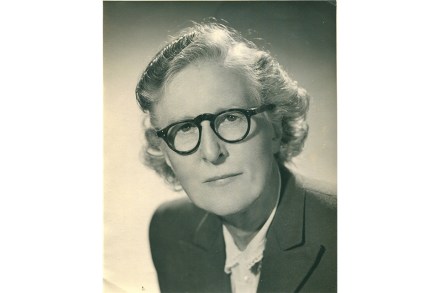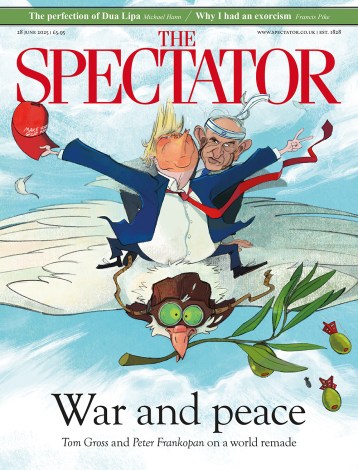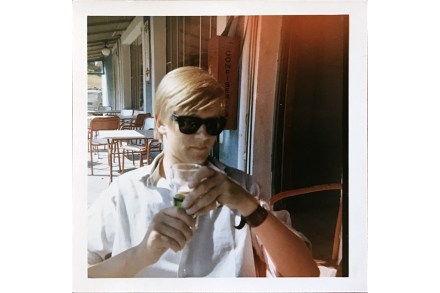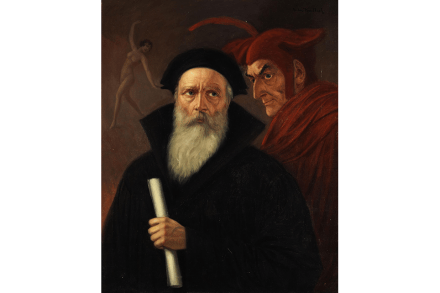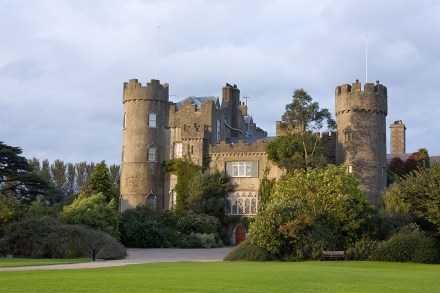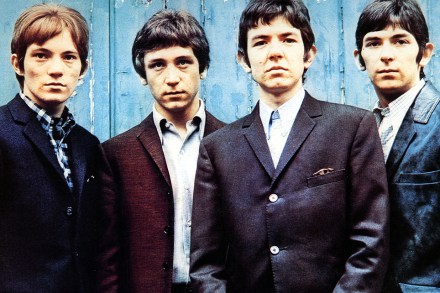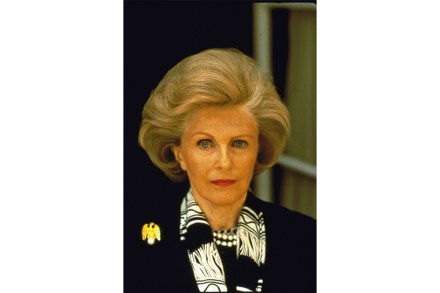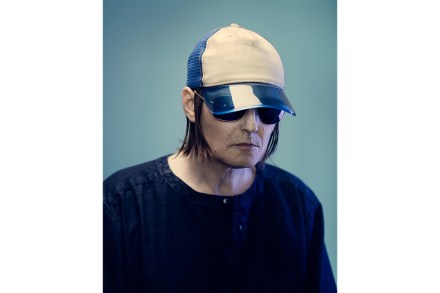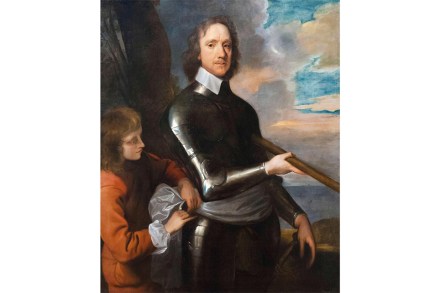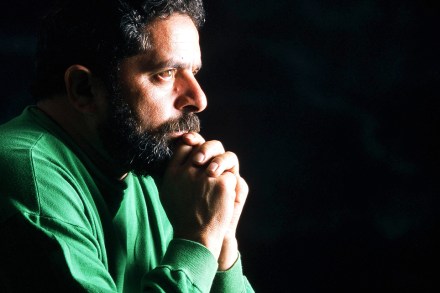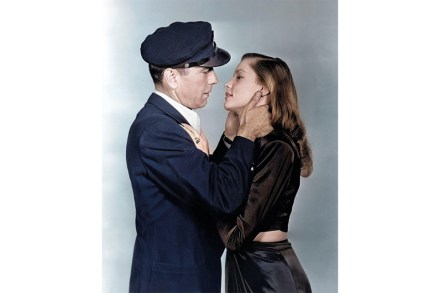You didn’t mess with them – the doughty matriarchs of the intelligence world
As Hilary Mantel memorably noted, history represents what people try to hide, and researching it is a question of ferreting out what they want you not to discover. Claire Hubbard-Hall’s plan to unearth the identities and lives of the legions of women who have worked unheralded in the British secret services was bold: looking for secrets in a doubly secret world. Miss Pettigrew was a ‘formidable grey-haired lady with a square jaw of the battleship type’ The first bureau was founded in 1909. It is perhaps not altogether surprising to learn that neither MI5 nor MI6 were very good to the female employees on whom they came increasingly to depend.
